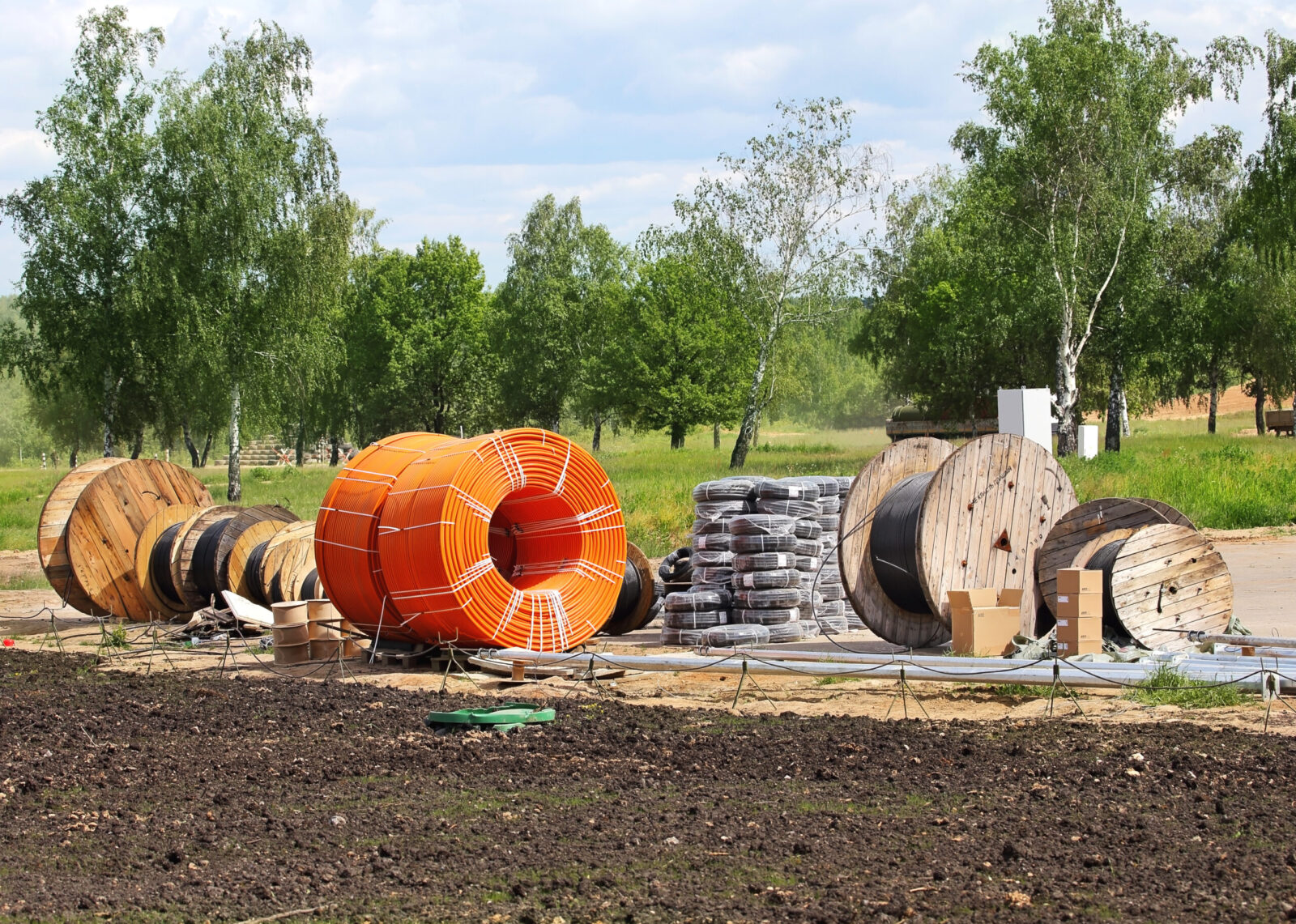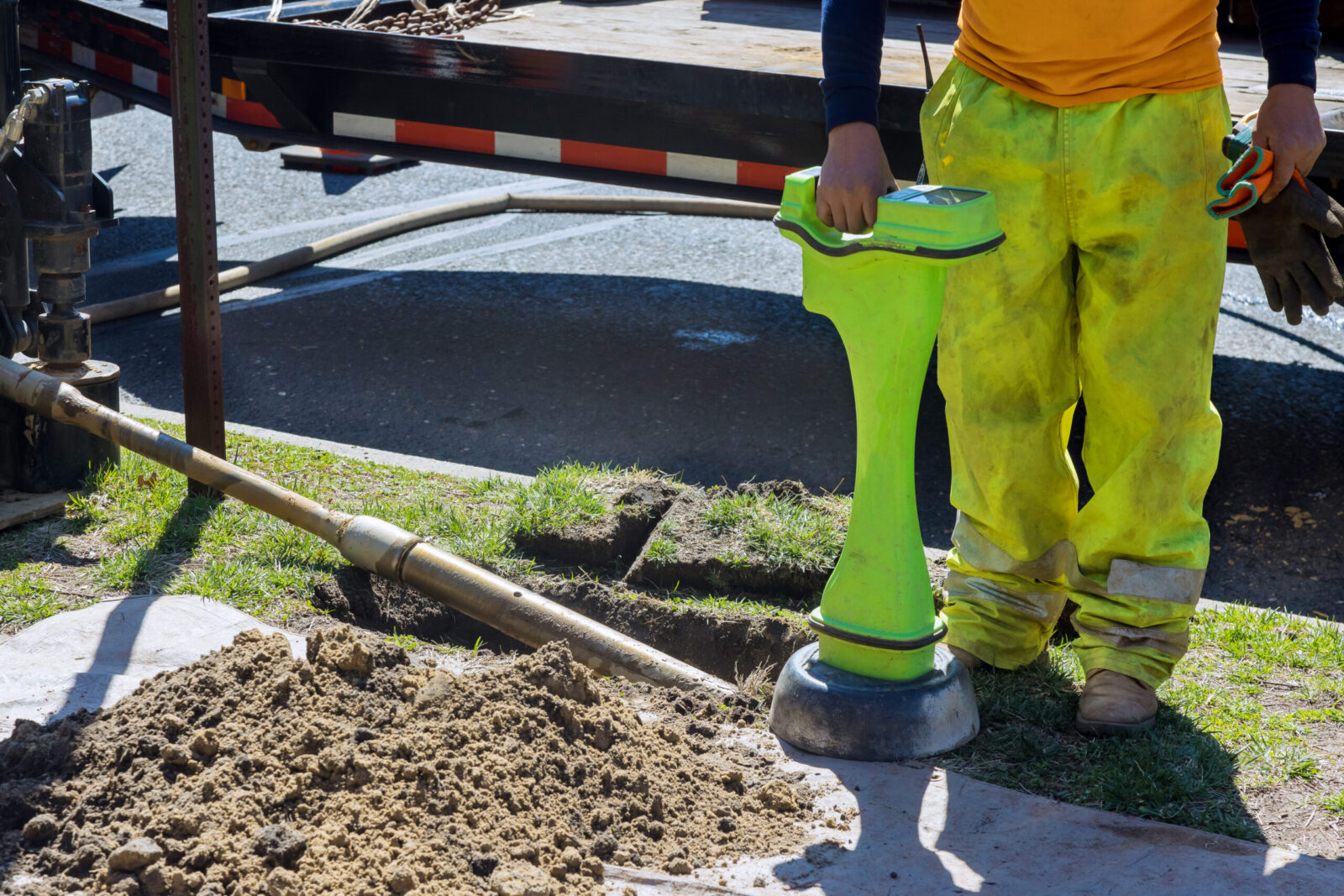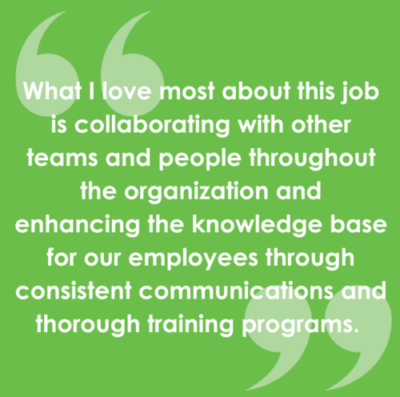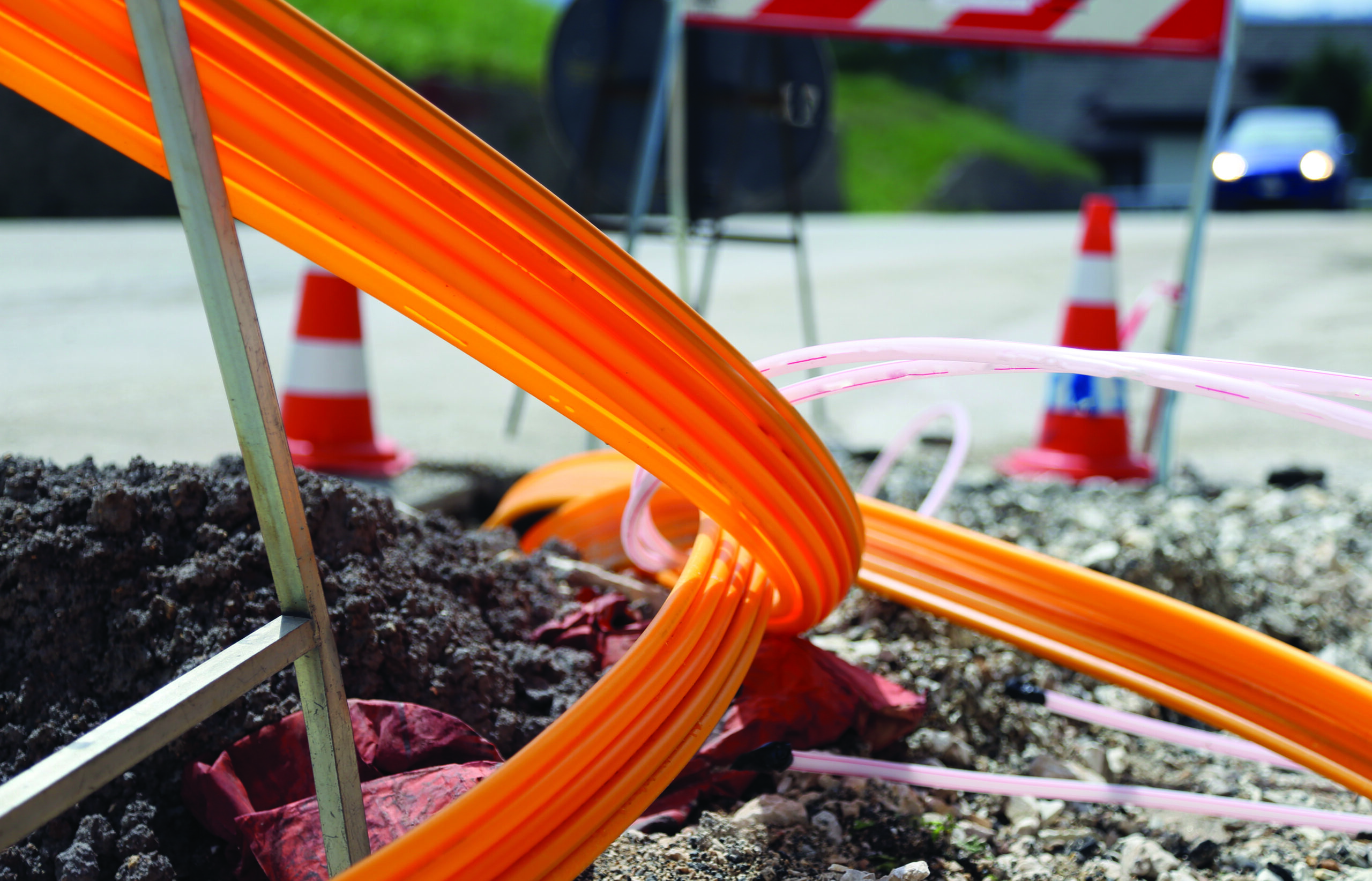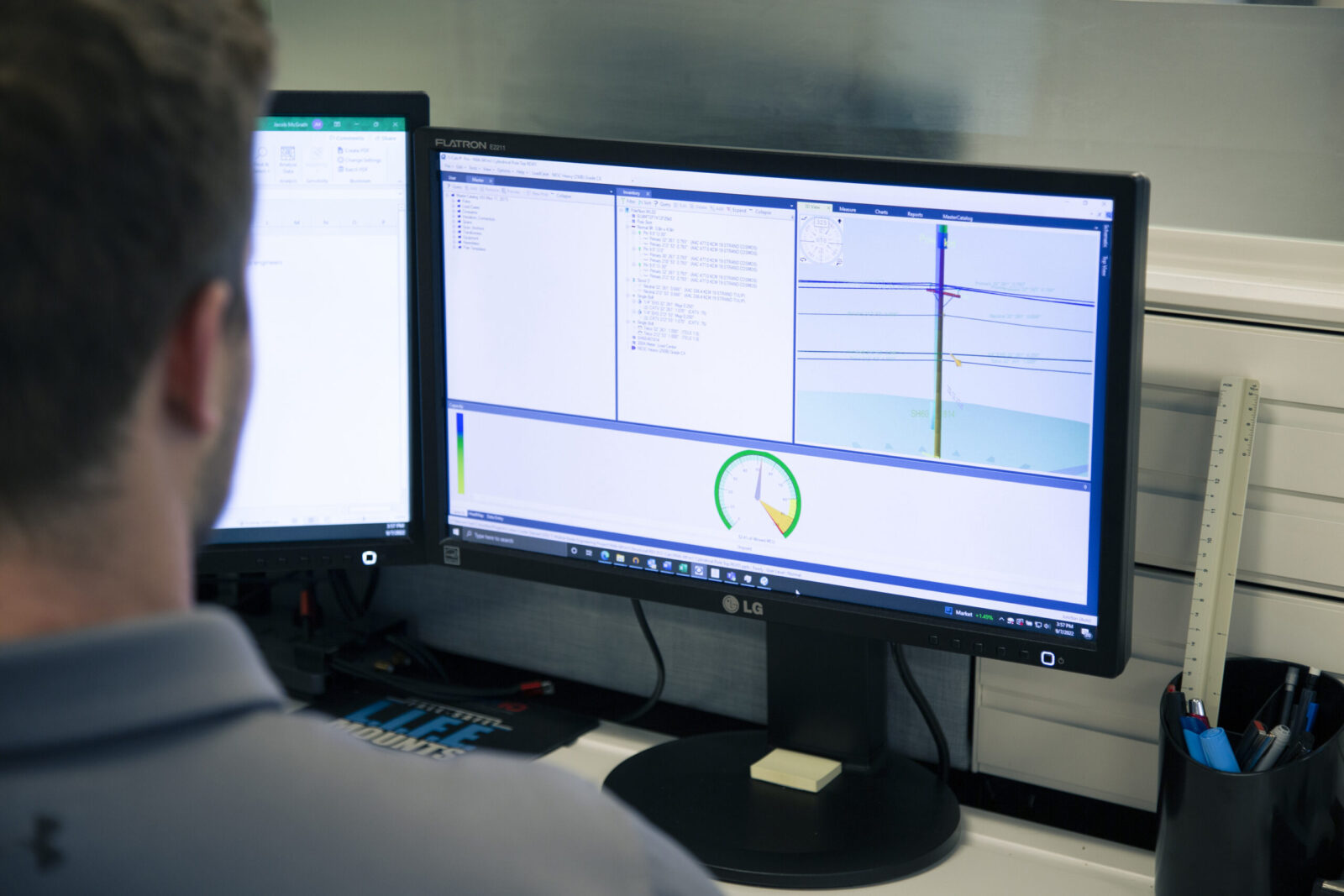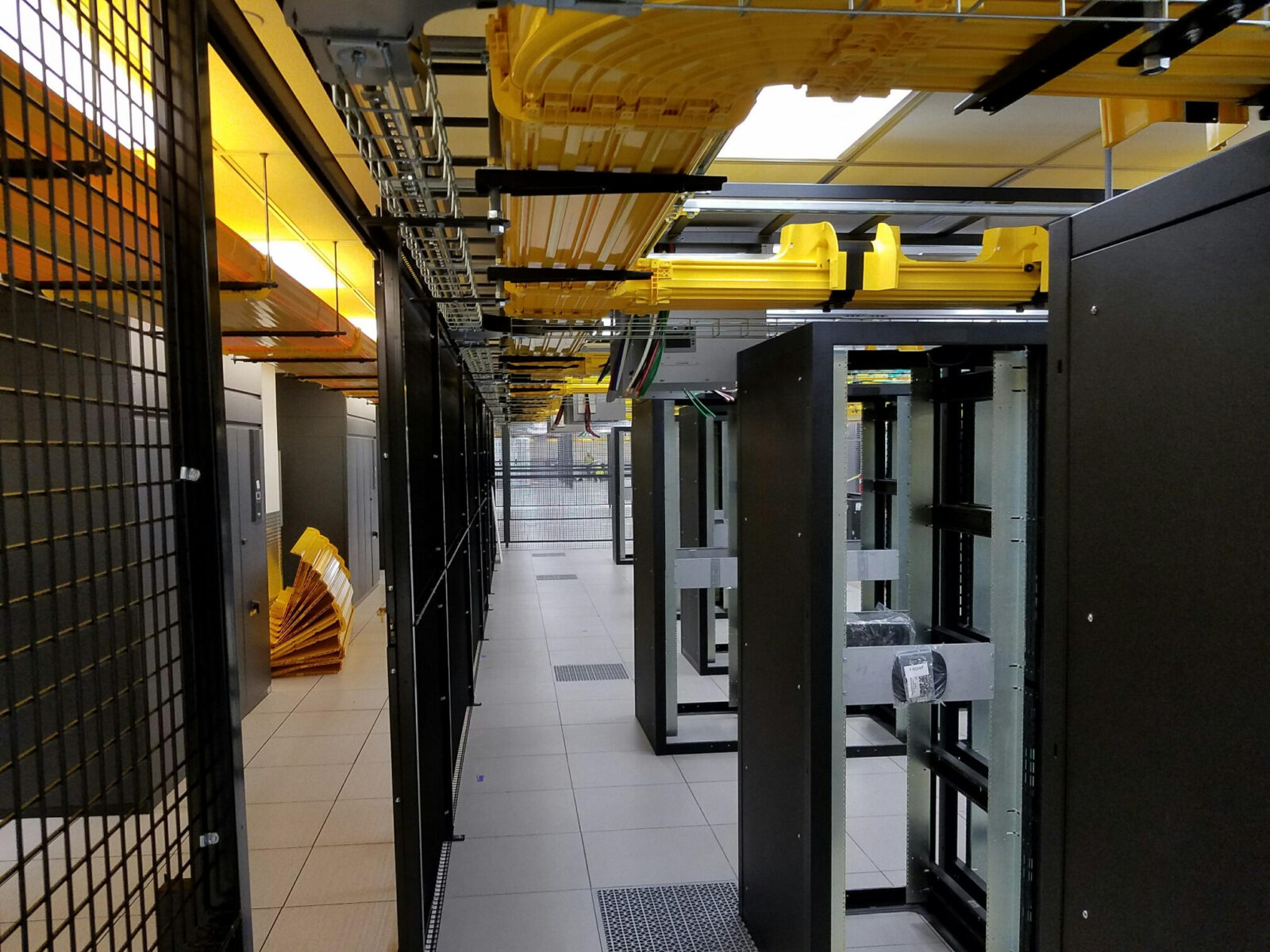Construction Manager
Construction Manager Marc Mesaros works in the Baltimore/Washington D.C. market out of Network Connex’s Columbia, Maryland office. Read on to discover how construction became his second career and what a CM role working with wireless small cells looks like.
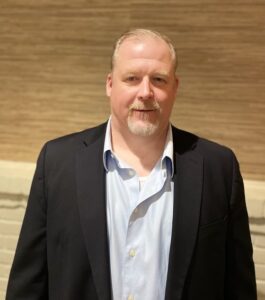 Tell us about your career path and what led you to your current role?
Tell us about your career path and what led you to your current role?
I was a teacher and football coach for thirty years in both the Baltimore City Public Schools and Baltimore County Public Schools, but I also had a background in general construction (which was like a side hustle while I was teaching). When I retired from the school system, I decided that I wanted to try something else, and construction seemed like something I would enjoy. I had no experience with the telecom industry, but when I interviewed it just seemed like a good fit!
What kinds of education or on the job training have helped you be successful in your current job?
I didn’t have any formal training in construction; my training was on the job experience on job sites in and around Baltimore. I think having a solid background in general construction definitely helped me acclimate, as did an ability to read and edit construction drawings. I also think that working with people in the school system every day was a benefit, because, really, this business (like most others), comes down to building relationships with the people that you work for and with every day. Having the skillset to work with people in a positive manner really helps.
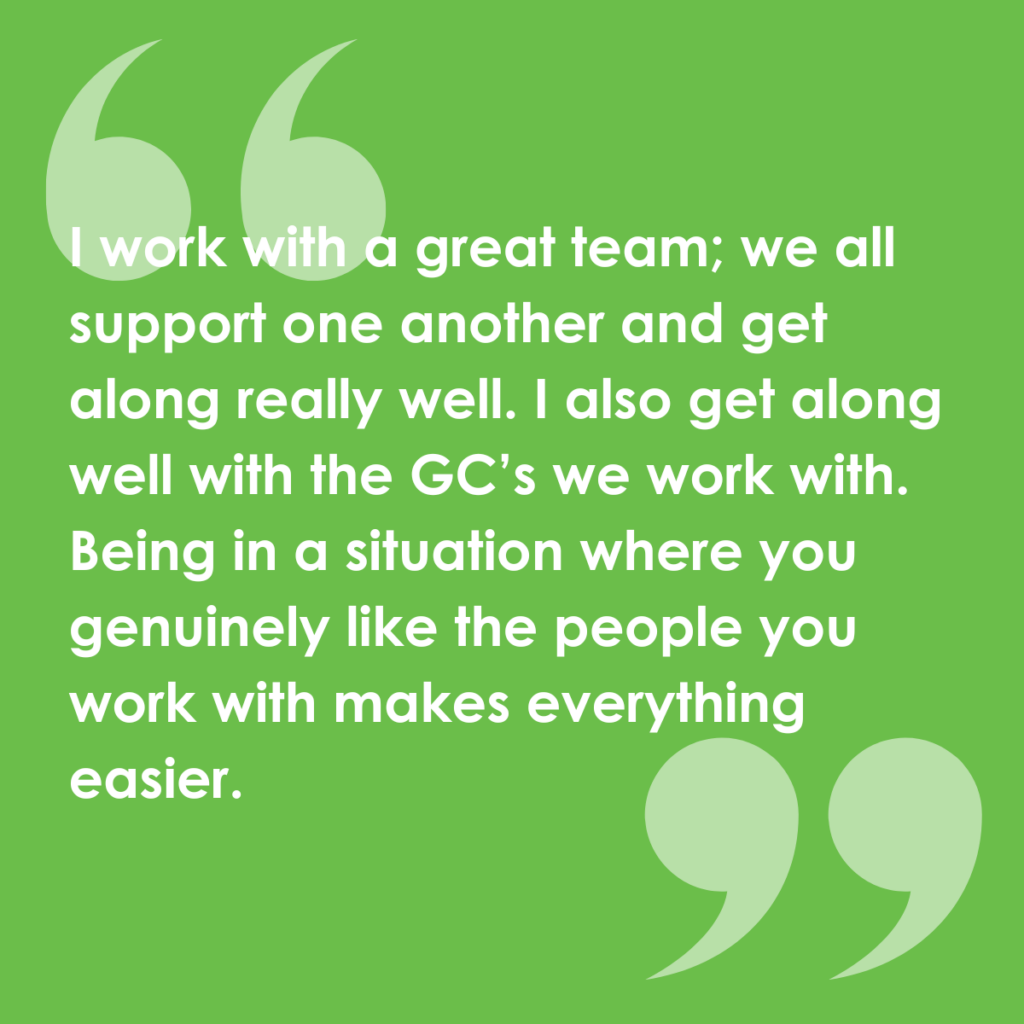
What does a typical day at work look like for you?
It depends if I’m on the road or at my desk. When I’m on the road it’s usually pretty early and I tend to try to package a few sites up in the same trip, so they are longer days. When I’m at my desk I am on the computer at 7:30 AM. I like to work at the office- I usually get more done there. And of course, whether I’m driving or working at a desk, I am on calls like everyone else! You just have to be able to multi-task, but that’s what keeps the job interesting—it’s never the same day after day.
What characteristics do you think are needed to be successful in your role?
I think you have to be a good communicator first, both in written and spoken form. I also think it’s important to be responsive; nothing is more appreciated than when someone reaches out about an issue with a site or a project and they get a response quickly. if you can work with people to get issues resolved in a timely matter you can solve most problems before they become huge issues. From what I’ve observed, good CMs do that every day.
How do you like to spend your time outside of work?
I like spending time with my wife and dog. We didn’t have children, so the dog gets the lion’s share of our attention. I also enjoy hanging out with my friends, and I am still involved with coaching as an assistant football coach at a local private school. I also am the President of the Maryland Football Coaches Association and serve on the executive boards of both the Baltimore Touchdown Club and the National Football Foundation, Greater Baltimore Chapter. It’s a full life!
Tell us a fun or surprising fact about you!
I am the least photogenic person in the world. If you Google my name, you will see some of the ugliest candid photos of me while I was coaching. (We think you’re looking great, Marc! So glad you’re on the team!)
